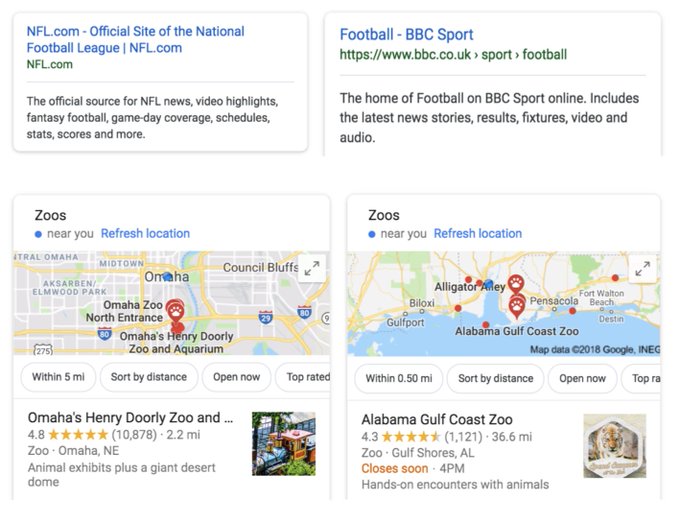Imagine a library that tried to save money by relying on candles instead of electricity. Any dollars saved come at the expense of knowledge lost. Without adequate light, the contents of a library are as inaccessible as if the doors were closed.
In the world of legal information, light comes to the “library” through indices, key number systems, topic digests, abridgments, and more. Digitization, electronic access, multi-field search, hyperlinks and boolean logic add more light, but are still merely candles.
Candles are discrete tools designed to provide light only within a limited range of where the candle is placed. Compare that to light derived from electricity.
Electricity is a network. Electricity is a power source. Electricity can be context-aware. Electricity can be responsive. Electricity can communicate. And a networked, powered, context-aware, responsive and communicative system can shine light in precisely the right places, at precisely the right time and with precisely the right brightness.
Artificial intelligence as applied in legal research is as transformative to knowledge access as bringing electricity to libraries.
To understand what’s possible, we don’t need to look far for examples.
Open up Google in private or incognito mode on your preferred browser and enter the title of the latest superhero movie (I typed “joker”) and among the top results will be show time listings from nearby theatres. Use a more generic word like “statute” and you are equally likely to see results connected to your location. And when the Google results provide a portion of site (e.g., show time listings), instead of merely a link to a site, you are getting an answer premised on a contextual understanding presumed to have a strong relationship to your query.
In these simple examples, Google, a powerful source of networked information, is looking for context to determine which among the tens or hundreds of millions of results it should present on the first page in order to be responsive to your needs. Context includes your location, whether you’ve searched from desktop or mobile, which sorts of results have generally been in demand, and the presumed preferred interpretation where the search term is capable of multiple meanings.
Google SearchLiaison
?@searchliaison
One of the most common reasons results may differ between people involves localized results, when listings are customized to be relevant for anyone in a particular area. Localization isn’t personalization because everyone in the same location gets the same results…
Localization is extremely useful in making results more relevant. For example, people in the US searching for “football” do not generally want UK football results, and vice versa. People searching for “zoos” in one area often want locally-relevant listings…
Outside of private or incognito browsing, Google will also take into account things like your recent search behavior. The more contextual information available, the more your engagement with information is understood, the more opportunity AI has to discern context in identifying and shining light on a set of results that is most relevant to you in that moment.
Just as Google strives to return the results and answers you want, AI-powered and context-aware legal research is also a reality, and it has been advancing at a rapid pace for many years now. Natural Language Processing (NLP) is used to discern the meaning and significance of text to support search queries, and machine learning models are built on and extrapolate from those candle-powered discovery techniques referenced at the top of this article to make sense of that text in the context of your query or research purpose. Three examples:
- ROSS Intelligence – (US only) – “Highlight specific language in a case and ROSS will use artificial intelligence to find other cases discussing the same point of law…. ROSS returns case cards showing the information that is most relevant to your query.”
- CARA from Casetext – (US only) – “Just drag and drop a complaint or brief from your matter, enter a few search terms, and let CARA A.I. find you cases and other authorities that share the context of your matter, including facts, legal issues, and jurisdiction”
- Vincent from vLex* – (Canada, US, Spain, Mexico, 5 other countries and very soon in the UK) – “Just upload a judgment, brief, legal memorandum or any other legal document and in a matter of seconds, Vincent finds and analyzes cited case law, extracts significant legal concepts, and uses dozens of additional criteria to generate the most relevant resultsfrom among vLex’s extensive libraries.”
Each of Westlaw, Lexis and Bloomberg have also announced this year an intent to roll-out (US only at this point) similar context-aware capabilities in their legal research tools, thereby validating the importance of this approach to AI-powered legal research. The common selling point offered by all providers is that AI-driven and context-aware searching reduces search time, surfaces more relevant results, and avoids errors and omissions due to poorly crafted searches. Put differently, the function of AI in legal research is to help you do the right thing faster, better and with greater confidence.
Returning to the candle analogy, many of us were trained on candles and the experts among us can string together an impressive array of candles. But without electricity (i.e., without AI), we are limiting our visibility and knowledge access to the reach of the candle. Why would we be satisfied with that when we can plug in and let there be light!
______________
*Disclosure: I’m with vLex and serve as interim GM for North America and as CEO of vLex Canada
Source: http://www.slaw.ca/2019/11/22/let-there-be-light-the-primary-function-of-ai-in-legal-research/






